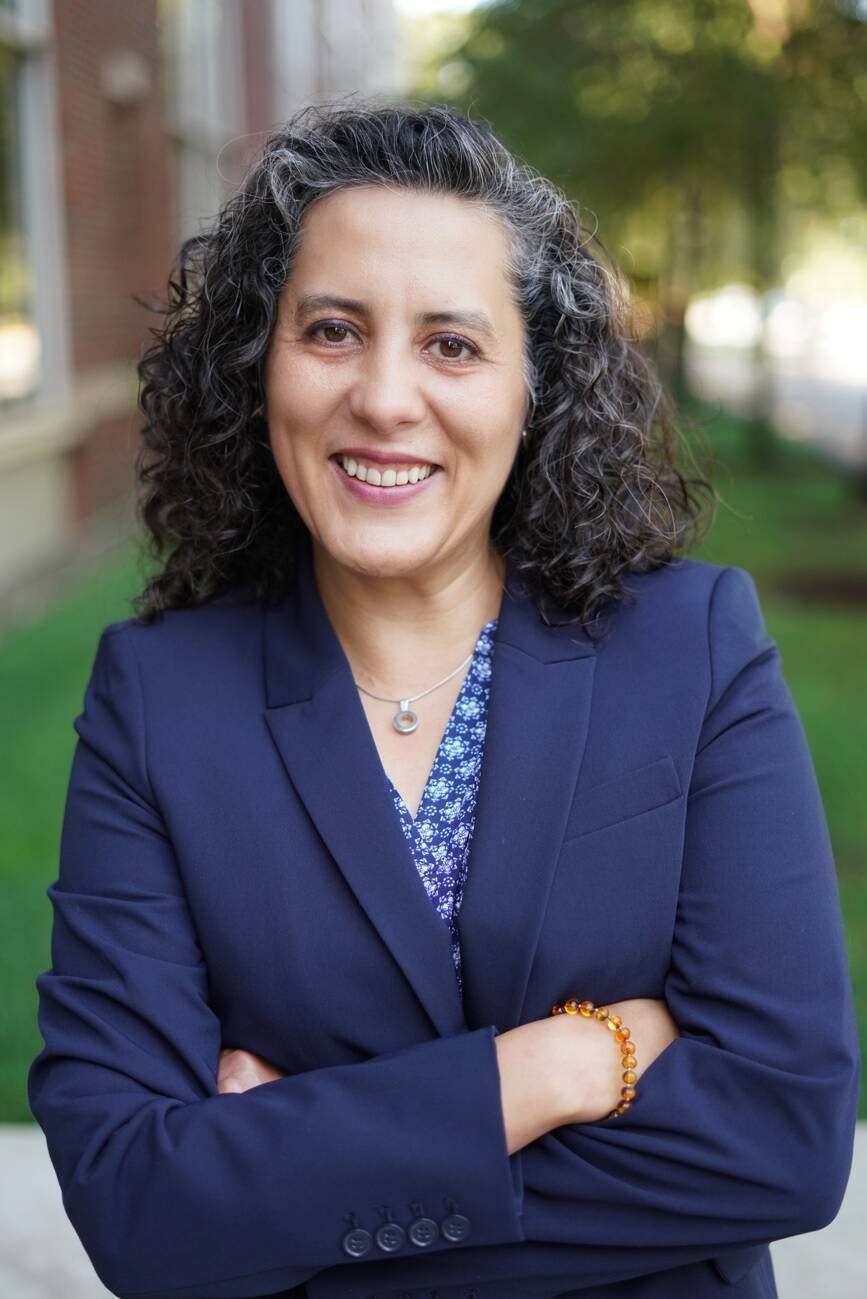Prof. Alejandra J. Magana's presentation will address teaching and learning through computation, modeling and simulation. He will summarize specific difficulties encountered by STEM undergraduate curricula. To address them, Prof. Magana and her team have tested a set of pedagogical practices and teaching strategies that can lead to improvements in student knowledge.
Prof. Bedřich Beneš holds a master's degree and a PhD from the Faculty of Electrical Engineering of the Czech Technical University. He developed his career as a leading expert in computer graphics at Purdue University. In his talk, he will introduce several methods for plant modeling and simulation, and also present several advances and approaches that attempt to bridge the gap between simulation data for deep learning and real-world artificial intelligence methods for agriculture.
An abstract of both presentations can be found below. The lectures were supported by the Fulbright Specialist Program.
Teaching and Learning With Computation, Modeling, and Simulation
by Prof. Alejandra J. Magana
The presentation provides an overview of the opportunities and challenges of introducing computational, modeling, and simulation practices within the undergraduate STEM (Science, Technology, Engineering, Mathematics) curricula. Through a series of studies and classroom implementations, we have identified specific struggles that students encountered, and to address those struggles, we have tested a set of pedagogies and learning strategies that can result in students’ computational adaptive expertise. Lessons learned from these studies have resulted in a computational cognitive apprenticeship model that can be used as a guideline to support learners in using computation meaningfully for their learning and overcoming challenges when engaged in this complex practice.



